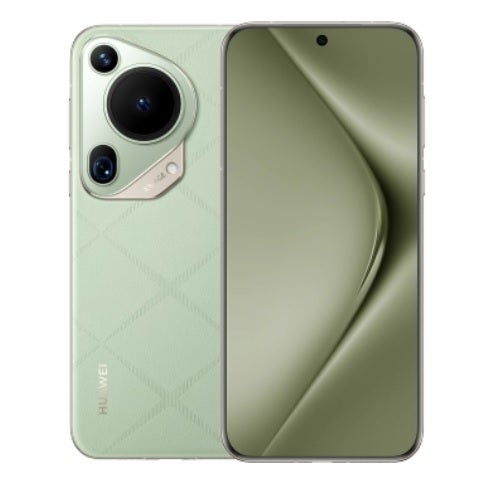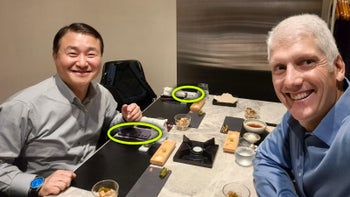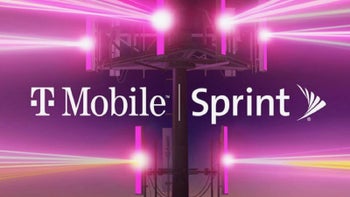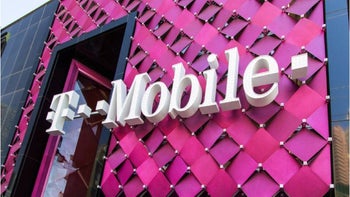Huawei's first quarter earnings surge thanks to strong Mate 60 series sales

The response by Chinese consumers to last summer's surprise introduction of the Huawei Mate 60 series, powered by the first 5G-enabled chipset used in a Huawei phone since 2020's Mate 40 line, led the company to report a surge in first quarter earnings. The beleaguered manufacturer, handcuffed by U.S. sanctions against it, got the last laugh as its profits rose a whopping 564% year-over-year during the first-quarter of 2024.
Per Reuters, for the first three months of the year, Huawei reported profits of 19.65 billion yuan ($2.71 billion) on revenue of 178.5 billion yuan ($24.7 billion). That figure represented a 37% hike over Huawei's Q1 2023 gross. A Huawei spokesman attributed the revenue growth to "digitalization, intelligence, and decarbonization."
The same spokesman said, "The industry and global markets will remain rife with uncertainty for the rest of 2024. Nevertheless, we are continuously building out mechanisms for global business continuity and agile operations. We are confident that we can meet our annual business targets and achieve sustainable growth."
The Kirin 9000s SoC used on the Mate 60 line shocked U.S. lawmakers who thought that the export rule they created in 2020 would prevent Huawei from obtaining application processors (AP) that support 5G. The rule disallows foundries that use American tech to build chips from shipping cutting-edge silicon to Huawei. The Kirin 9000s was manufactured by China's largest foundry, SMIC, using its 7nm process node leaving it two generations behind the A17 Pro AP that powers the iPhone 15 Pro series.

The Huawei Pura 70 Ultra is the manufacturer's new top-of-the-line flagship handset
Huawei powered 2022's P50 and Mate 50 flagship phones, and last year's P60 flagship, with versions of Qualcomm's Snapdragon SoCs that were tweaked to prevent them from working with 5G signals. U.S. and Dutch export rules also prevent SMIC and Huawei from obtaining the extreme ultraviolet lithography (EUV) machines needed to etch circuitry patterns on silicon wafers in the resolutions needed for the foundry to compete with the cutting-edge chips made by TSMC and Samsung Foundry.
Huawei just announced its new Pura 70 flagship line and the top model in that line, the Pura 70 Ultra, is powered by the Kirin 9010 AP which seems to be a redesigned Kirin 9000s that is still produced using SMIC's 7nm node. Despite Huawei's inability to power its new flagships with powerful 3nm and 4nm silicon used by Apple and Samsung, the Mate 60 series and Pura 70 line contain features not found on iPhone or Galaxy handsets including the ability to make satellite phone calls and send non-emergency texts by satellite. The Pura 70 Ultra will also share images via satellite when a cellular network is not available.
Huawei's Phoenix-like reversal in China's smartphone market, the largest in the world, is bad news for Apple. The iPhone's market share in the country has dropped from 19.7% during Q1 of 2023 to 15.7% in the first quarter of this year.














Things that are NOT allowed: